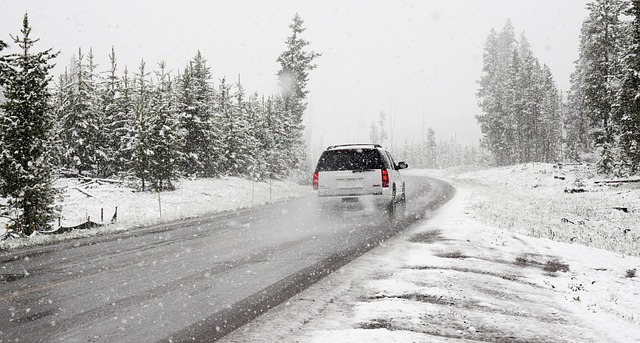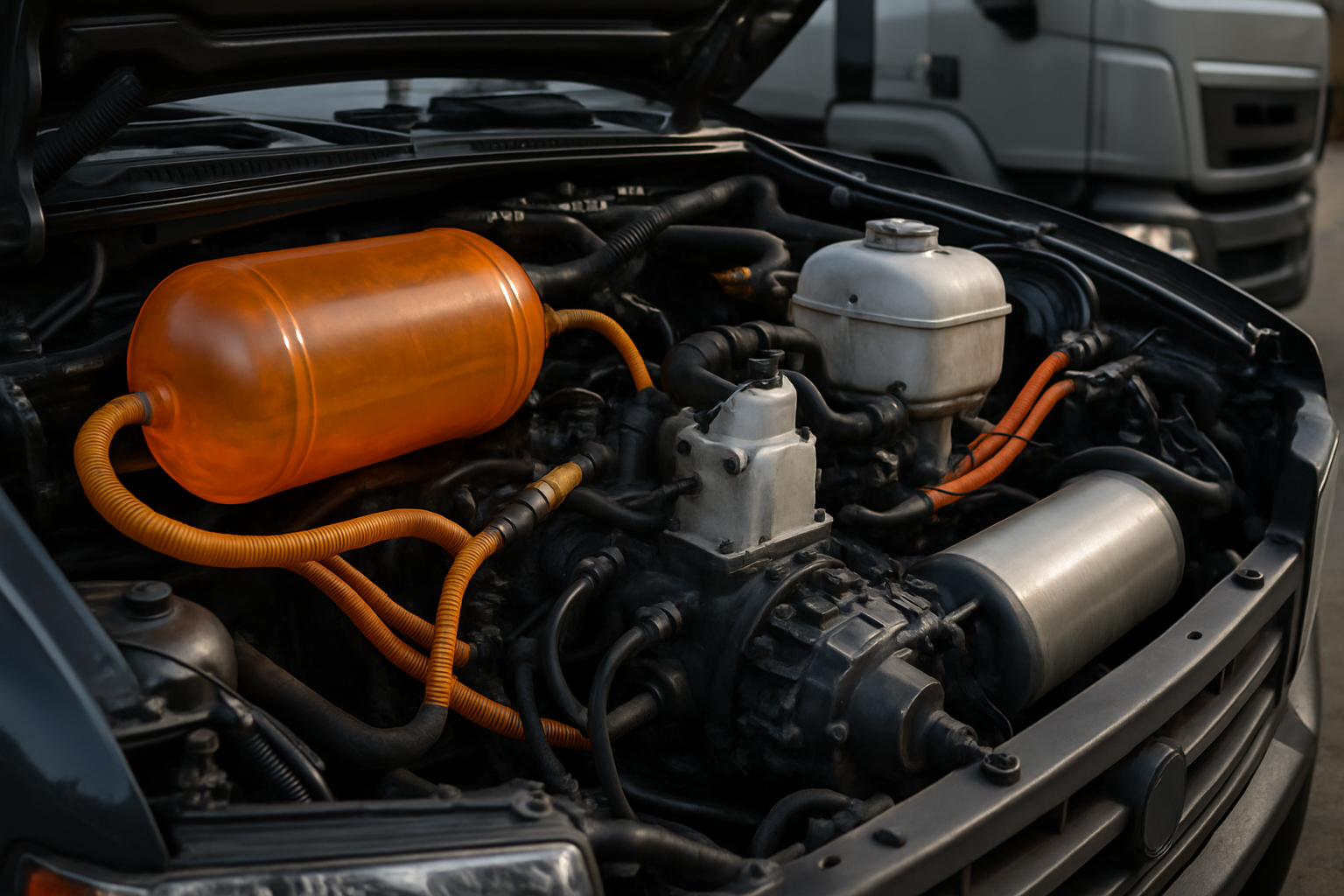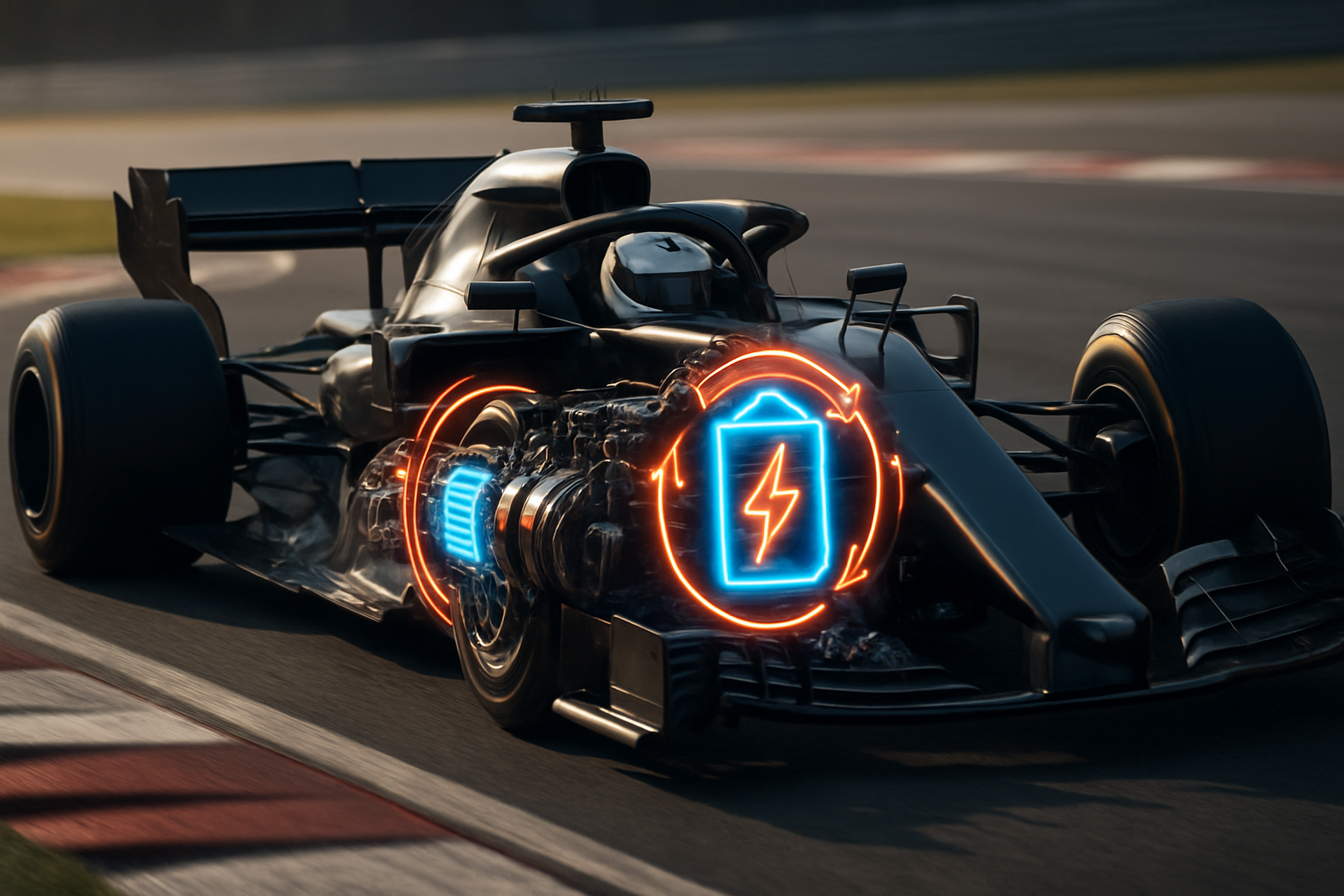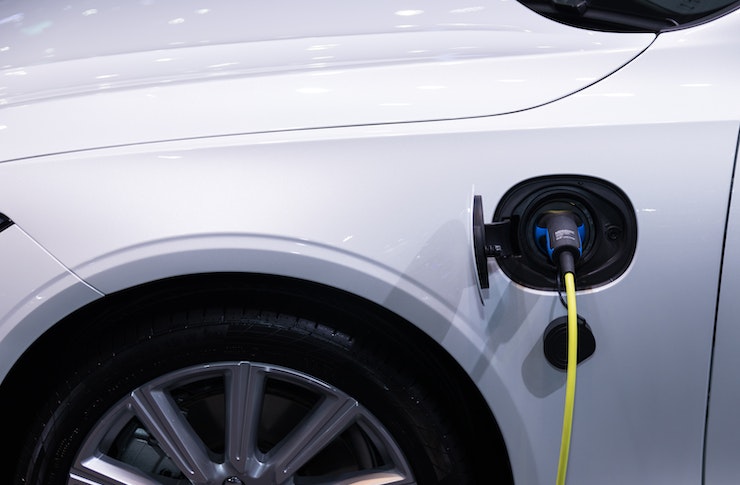Range, Towing, and Winter Performance for Battery-Powered Crossovers in the United States
Electric crossovers have matured quickly, but shoppers still ask the same practical questions: How far can they go on a charge, how well can they tow, and what happens to range when temperatures drop? This guide explains the real-world factors that shape range, trailer capability, and cold‑weather behavior for battery-powered crossovers in the United States.

Range, Towing, and Winter Performance for Battery-Powered Crossovers in the United States
Electric crossovers balance everyday usability with high efficiency, yet real-world outcomes can vary widely. Range depends on driving speed, elevation, temperature, wind, payload, and tire selection. Towing introduces new variables like frontal area and trailer weight, which increase energy consumption. Cold weather adds battery chemistry constraints and cabin-heating needs that reduce efficiency. Understanding these levers helps set accurate expectations for trips, commutes, and towing in the U.S.
How far can an Electric SUV go?
EPA estimates provide a consistent baseline, but an Electric SUV will often deliver anywhere from near-EPA on gentle city routes to noticeably less at 70–80 mph highway speeds. Larger wheels and winter or all-terrain tires can cut efficiency several percent. Roof boxes and bike racks increase aerodynamic drag. Planning tools that account for elevation and weather help forecast realistic consumption. Many models include route planning and battery preconditioning so the pack reaches optimal temperature before fast charging, improving average speed on road trips.
Towing with an Electric SUV in the US
Towing capacity and experience vary by model. Some crossovers are rated for 1,500–2,000 lbs, while heavier-duty options can pull significantly more. Expect energy use to rise 30–60% depending on trailer weight and shape; tall or boxy trailers amplify aerodynamic losses. Examples commonly referenced by U.S. drivers include Tesla Model Y (up to 3,500 lbs when equipped), Hyundai Ioniq 5 (up to 2,000 lbs), Volkswagen ID.4 (around 2,200 lbs with factory hardware), Kia EV9 (up to 5,000 lbs when properly equipped), and Rivian R1S (up to 7,700 lbs). More consumption means more frequent charging stops and reduced spacing between them.
Winter performance for Electric SUV USA
Low temperatures slow battery chemistry and increase cabin-heating demand. In practice, drivers may see 10–40% range reduction in freezing conditions, with the upper end in severe cold combined with high speeds or short trips that prevent the battery from warming. Heat pumps, standard or optional on many models in the Electric SUV USA market, reduce energy draw versus resistive heaters, especially in cool—not extreme—cold. Preheating while plugged in preserves range, and using seat and steering-wheel heaters is more efficient than raising cabin temperature alone.
Cold-weather charging requires some planning. DC fast-charge rates depend on battery temperature, state of charge, and charger capability. Preconditioning the pack before arriving at a DC fast charger can save time; many vehicles trigger this automatically when a compatible station is set as the destination. In snowy conditions, low-rolling-resistance all-season tires may trade grip for efficiency; dedicated winter tires improve traction but can reduce range modestly. Leave extra buffer and consider wind, slush, and road salt, which raise rolling resistance. These practices benefit Electric SUV US drivers across varied climates.
Real-world cost and pricing insights matter alongside performance. MSRPs for electric crossovers in the United States span a wide range, roughly from the high-$30,000s to well above $70,000 depending on size, battery capacity, and features. Federal and state incentives may apply based on final assembly and battery sourcing criteria. Operating costs vary with electricity rates and charging mix: home charging is typically lowest cost per mile, while public DC fast charging is higher. Winter and towing both increase energy use, which raises per‑mile cost because you consume more kWh per mile.
| Product/Service Name | Provider | Key Features | Cost Estimation (if applicable) |
|---|---|---|---|
| Model Y Long Range | Tesla | EPA range up to ~330 miles; towing up to 3,500 lbs (when equipped) | Starting MSRP around $43,000–$50,000 |
| Ioniq 5 (AWD/RWD) | Hyundai | EPA range up to ~303 miles (RWD); towing up to 2,000 lbs | Starting MSRP around $42,000–$55,000 |
| ID.4 (AWD/RWD) | Volkswagen | EPA range up to ~291 miles (varies by trim); towing around 2,200 lbs (factory tow) | Starting MSRP around $40,000–$53,000 |
| EV9 (AWD/RWD) | Kia | EPA range up to ~304 miles (RWD); towing up to 5,000 lbs (equipped) | Starting MSRP around $55,000–$75,000 |
| R1S (Dual/Quad Motor) | Rivian | EPA range commonly 300–400+ miles (pack-dependent); towing up to 7,700 lbs | Starting MSRP around $75,000–$95,000 |
| Ariya (FWD/AWD) | Nissan | EPA range up to ~304 miles (trim-dependent); towing up to ~1,500 lbs (equipped) | Starting MSRP around $40,000–$60,000 |
Prices, rates, or cost estimates mentioned in this article are based on the latest available information but may change over time. Independent research is advised before making financial decisions.
Practical planning tips
For long highway drives, plan charging stops based on energy, not distance. Arriving at fast chargers with a lower state of charge shortens sessions because batteries accept higher power when emptier. When towing, search for stations with pull‑through access or room to remain hitched. In winter, preheat before departure and right-size your buffer based on temperature, wind, and terrain. Keep software up to date and confirm your vehicle’s tow ratings, hitch requirements, and thermal-management features in the owner’s manual.
What to expect day to day
Daily driving in moderate climates can track closely to EPA figures when speeds are conservative and cargo is light. Add roof accessories, heavier wheels, steep climbs, or subfreezing temps, and consumption rises. For Electric SUV US shoppers, the most useful test drive includes a highway loop at typical speeds, a sample DC fast charge, and, if towing is a priority, a short pull with your intended trailer type. This approach reveals how your specific use case affects range, charging cadence, and comfort.
In summary, range, towing, and winter performance are tightly linked to physics and vehicle configuration. Know your tow rating and trailer aerodynamics, expect higher energy use in cold weather, and use preconditioning and planning tools to keep travel time predictable. With realistic expectations and a plan for charging in your area, battery-powered crossovers can handle commuting, family trips, and towing tasks across U.S. conditions.




